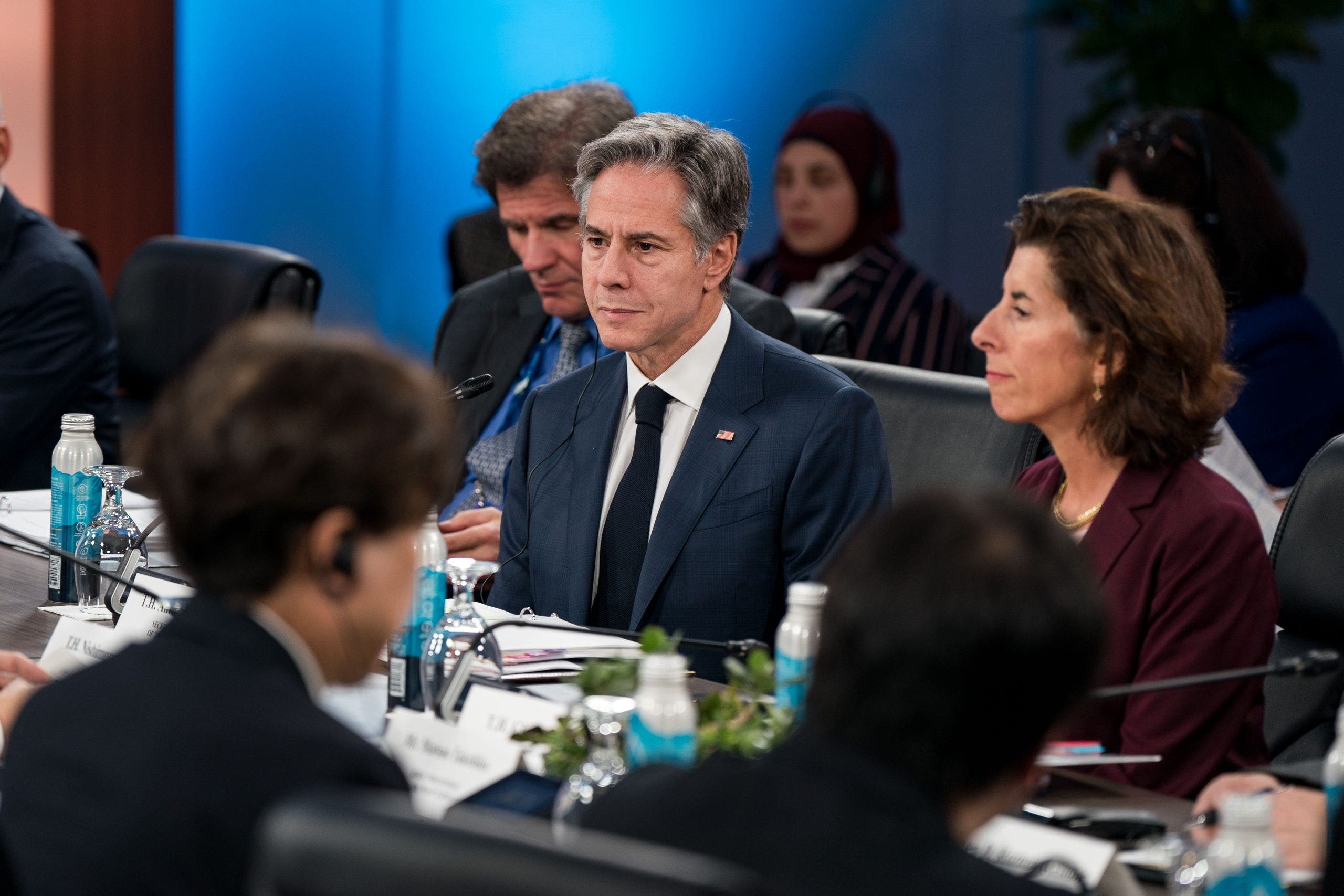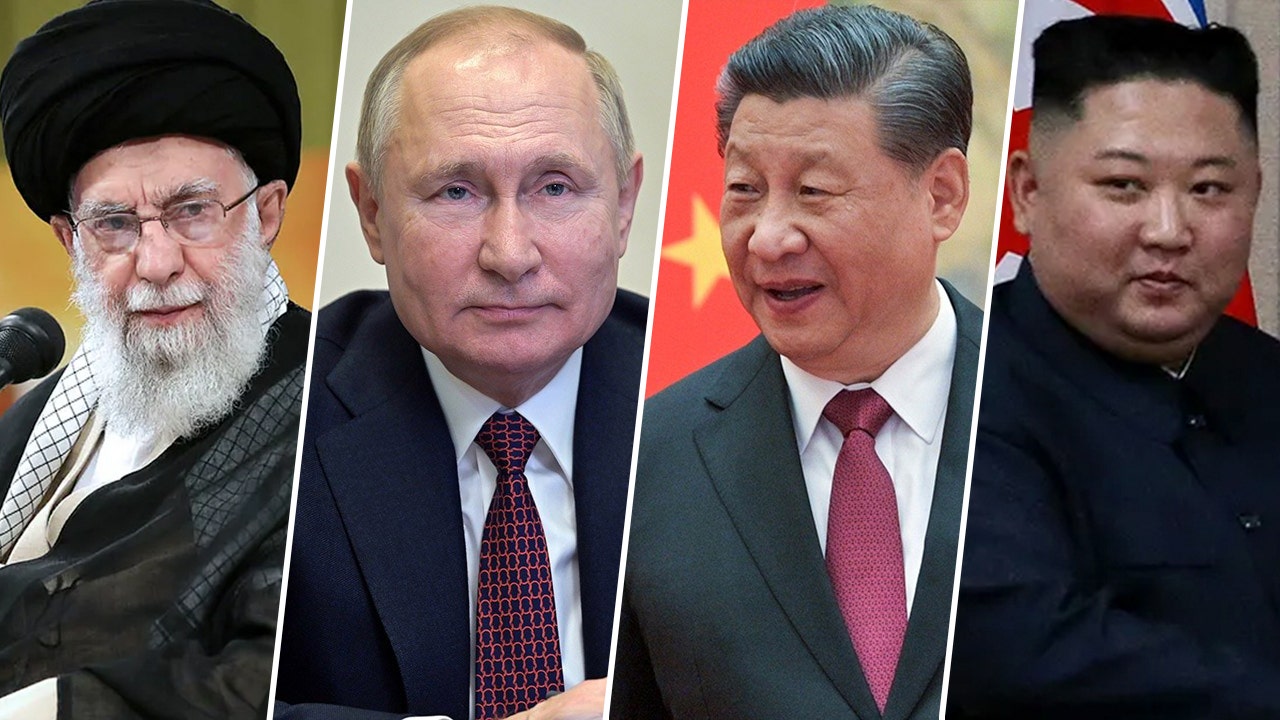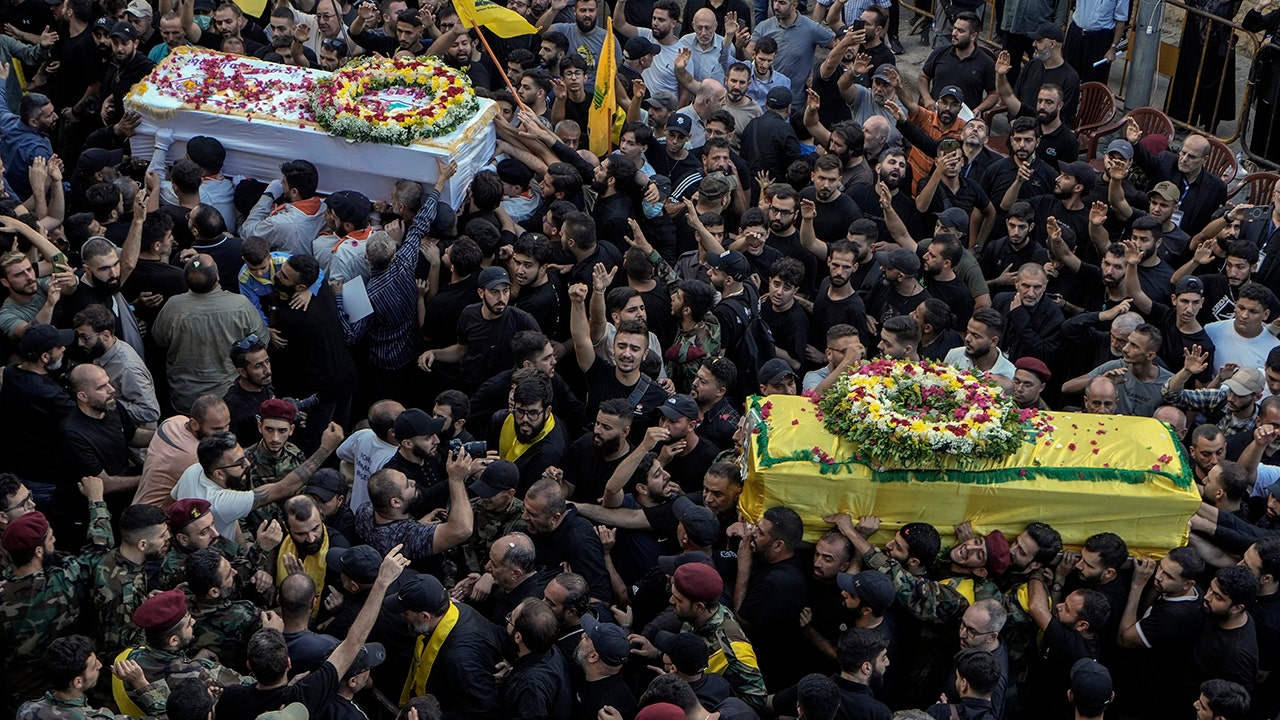MEXICO CITY (AP) — Mexico’s president is in a rush to finish the big legislative and building projects he promised before his term ends in September, and experts say officials are getting a bit sloppy amid all the haste.
This week, legislators from the governing Morena party mistakenly submitted the wrong bill on pension reform for a vote in Congress, before sheepishly admitting the error and rescheduling the vote. They claimed Thursday that aides had mistaken one set of papers for another, but the bill almost got approved before the opposition noticed the error.
MEXICAN PRESIDENT SAYS THE ‘FLOW OF MIGRANTS WILL CONTINUE’ UNLESS THE US MEETS HIS DEMANDS
“In the legislative process, as in life and all activities, human mistakes are made that aren’t premeditated, that aren’t ill-intentioned,” said Sen. Ignacio Mier, the point man for President Andrés Manuel López Obrador’s party in the Senate.
Mexican President Andrés Manuel López Obrador gives his regularly scheduled morning press conference at the National Palace in Mexico City, Tuesday, April 16, 2024. (AP Photo/Marco Ugarte)
The rushed atmosphere extends to infrastructure, with the president’s beloved train projects suffering glaring construction errors in recent months. Cranes have crashed off bridges and pilings have been sunk into supposedly protected cave systems. With the June 2 presidential election approaching, the president wants to finish his administration’s projects, fast.
“There is this rush, because López Obrador wants to put as much in place as possible to assure his own policies, so that … whoever wins (the election), they won’t be able to backtrack on it, at least not easily,” political analyst José Antonio Crespo said.
But the pension reform especially has become a lightning rod for criticism, because it would essentially seize unclaimed pension funds if a worker doesn’t start drawing them by age 70.
López Obrador says the seized funds — which he wants to put into a pot for employees whose pensions are too small — would always be available for return if a worker or his dependents show up later to claim them.
“Even if time has passed, they can file a request for the funds to be returned to them,” López Obrador said Thursday.
But the bill mistakenly submitted for a vote late Wednesday actually would have removed some of those protections. For example, employees who didn’t draw their pensions by age 70 or 75 because they were still working could still have had their pensions seized.
And because pension withdrawals are already so bureaucratic and restrictive — dependents in Mexico often have to go to court to access a deceased worker’s pension fund — the idea that a simple request will get the money returned has been met with derision.
“We are against this, because they are going to loot everybody’s account,” said opposition Sen. Rubén Moreira, a member of the old ruling PRI party. “First, because the money in the individual accounts is the personal property of many people, and secondly, because this won’t solve the pension problem.”
The tension involves López Obrador’s disdain for private or individual benefit programs. The president frequently rails against “individualism” and “aspirationalism,” a term in Spanish roughly equivalent to “getting ahead” or “pulling yourself up by your own bootstraps.” He prefers large, government-run programs.
Mexico’s woefully underfunded pension programs were converted in 1997 into individual accounts somewhat akin to the U.S. 401K program, in which a worker and his employer both contribute to a personal retirement investment account.
López Obrador has long criticized that change, saying the government itself should guarantee everyone a pension equivalent to 100% of their last paycheck. Of course, the Mexican government doesn’t have enough money to do that, hence the proposed raid on the “unclaimed” individual accounts.
“Taking these individual, unclaimed accounts … could affect the rights or workers and their beneficiaries, if they don’t move to make a claim,” said Orlando Corona, the social security specialist for the Mexican Institute of Financial Executives.
Corona said a big outreach and ad campaign would be needed to remind workers about the importance of claiming their money — something the president’s plan doesn’t contemplate.
López Obrador has a history of rushing laws through congress without much time for legislators to actually read the bills, just as he has sought to ram through his infrastructure building projects by exempting them from normal permitting and environmental review processes.
On Wednesday, his party pushed through the Senate a law that would prohibit judges from blocking government projects, even if citizens file appeals against them.
Chief among the projects dear to Lopez Obrador’s heart are railway lines. Mexico largely abandoned state-run passenger train service in the 1990s, and the president is building rail lines to bring that back. The problem is those projects are either environmentally questionable or too big to finish during his term.
López Obrador has vowed to finish them before he leaves office Sept. 30, bragging they are being built in “record time.” He spends most of his weekends flying around to different construction sites to personally oversee the work.
But apparently it is hard to do careful work in a hurry, both in legislation and in construction. “It is not advisable, but that’s the way they’re doing it,” said Crespo.
On Tuesday, an 800-ton gantry crane — a huge piece of machinery used to position pre-fabricated concrete bridge spans — came crashing to the ground at an elevated commuter rail line meant to link Mexico City with neighboring Toluca. Nobody was injured, but the accident delayed construction and terrified neighbors.
In January, another crane dropped a huge pre-fab concrete span onto the roadway below, narrowly missing two men who were repairing a truck.
On March, a loose railway fitting caused a train car to derail on the president’s pet project — a tourist rail route known as the Maya Train that is planned for carrying both visitors and local residents on a loop around the Yucatan peninsula.
No one was hurt in the incident, but given that it’s meant to eventually be a high-speed train, the oversight was worrisome.
The rail switch involved in the accident is designed to be operated automatically. Though the automated system is not yet in place, the president wanted that part of the line up and running anyway.
So the switch — which shunts train cars onto another track — has to be manually loosened, moved and returned to its original position by hand. Someone apparently didn’t tighten the fitting down again.
On the same project, the government has acknowledged that steel and cement pilings meant to support an elevated section of the tracks were driven directly through the roofs of sensitive limestone caves.
The network of caves, sinkhole lakes and underground rivers along Mexico’s Caribbean coast are both environmentally sensitive and have been found to hold some of the oldest human remains in North America.




